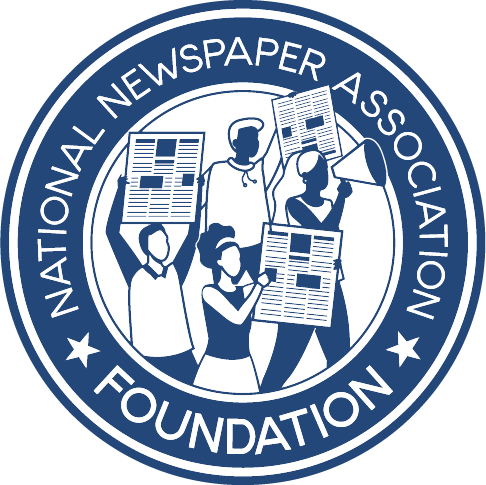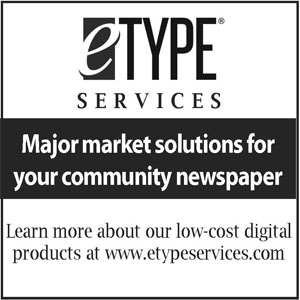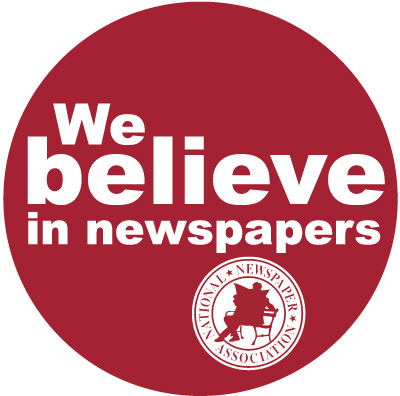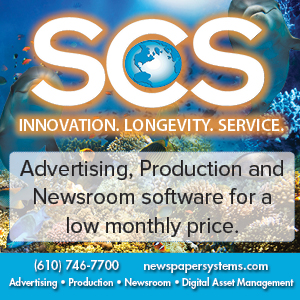What makes a good headline?
John Foust
Jan 6, 2021
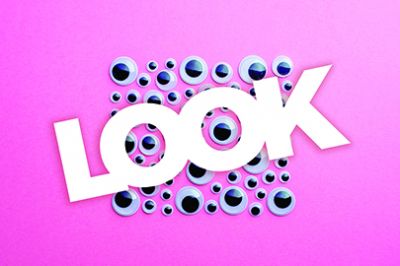

Imagine the editors of a prestigious news organization sitting around a conference table discussing a breaking story. The story is written and all they need is a headline to convey its importance to readers. Someone says, “I’ve got it. Let’s use one word: ‘Look.’ We can give it more impact by making the two o’s look like eyeballs.” Everyone nods in agreement, and the headline runs.
Sounds ridiculous, doesn’t it? But something similar must be happening in advertising conversations, because ‘Look’ has been a popular headline for years.
Popularity doesn’t equal effectiveness. Even though it’s frequently used, “Look” is one of the worst headlines you’ll ever see. It’s a product of lazy writing. It communicates nothing of value to readers.
The headline deserves more respect than that because it is the most important part of an ad. Research shows that four out of five readers do not get further than the headline. Unfortunately, this means that only 20% of the people who read an ad headline will read any of the body copy.
In other words, headlines have a lot of weight to carry. Pick up any newspaper — or go to any online news website — and you’ll find article headlines that reveal the subjects of those articles. As a result, you can make split second decisions on whether or not to read more.
Doesn’t it make sense that the same should apply to advertising headlines?
The next time you write an ad headline, ask yourself three questions:
1. Does the headline tell readers what the ad is about? If your ad is selling banking services, say so in the headline. If you are selling kitchen remodeling, say so. If you are promoting furniture, say so.
We read at a glance. If readers can’t determine quickly what an ad is about, they’ll skip it completely.
2. Does the headline promise a benefit? There are several types of headlines: (1) those that promise a benefit, (2) those that provide news and (3) those that surprise readers or arouse curiosity.
While each type is capable of winning readership and selling products, benefit headlines have been shown to be the most reliable choice. Just about every buying decision we make is driven by real or perceived benefits. That’s why it’s a good idea to create benefits-oriented advertising — and then put the major benefit front and center in the headline.
3. Is the language believable? Without believable language, our first two questions are not worth answering. Consider a hardware store ad that is headlined, “Fantastic savings on the world’s best lawnmowers.” To answer our first two questions, the ad is about lawnmowers and the benefit is that customers can save money. But the puffery kills the message.
Copywriters should avoid exaggerations and unsubstantiated claims in advertising. No one believes sweeping boasts like “fantastic,” “superior” or “best ever.”
The right answers to these three questions can put your next ad in the top 20%, and you’ll increase your chances of creating an ad that is worth a “look” from your readers.
John Foust has conducted training programs for thousands of newspaper advertising professionals. Many ad departments are using his training videos to save time and get quick results from in-house training. Email for information: john@johnfoust.com
